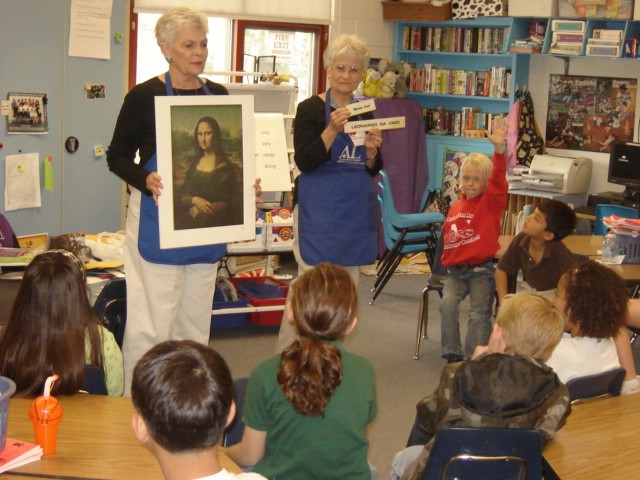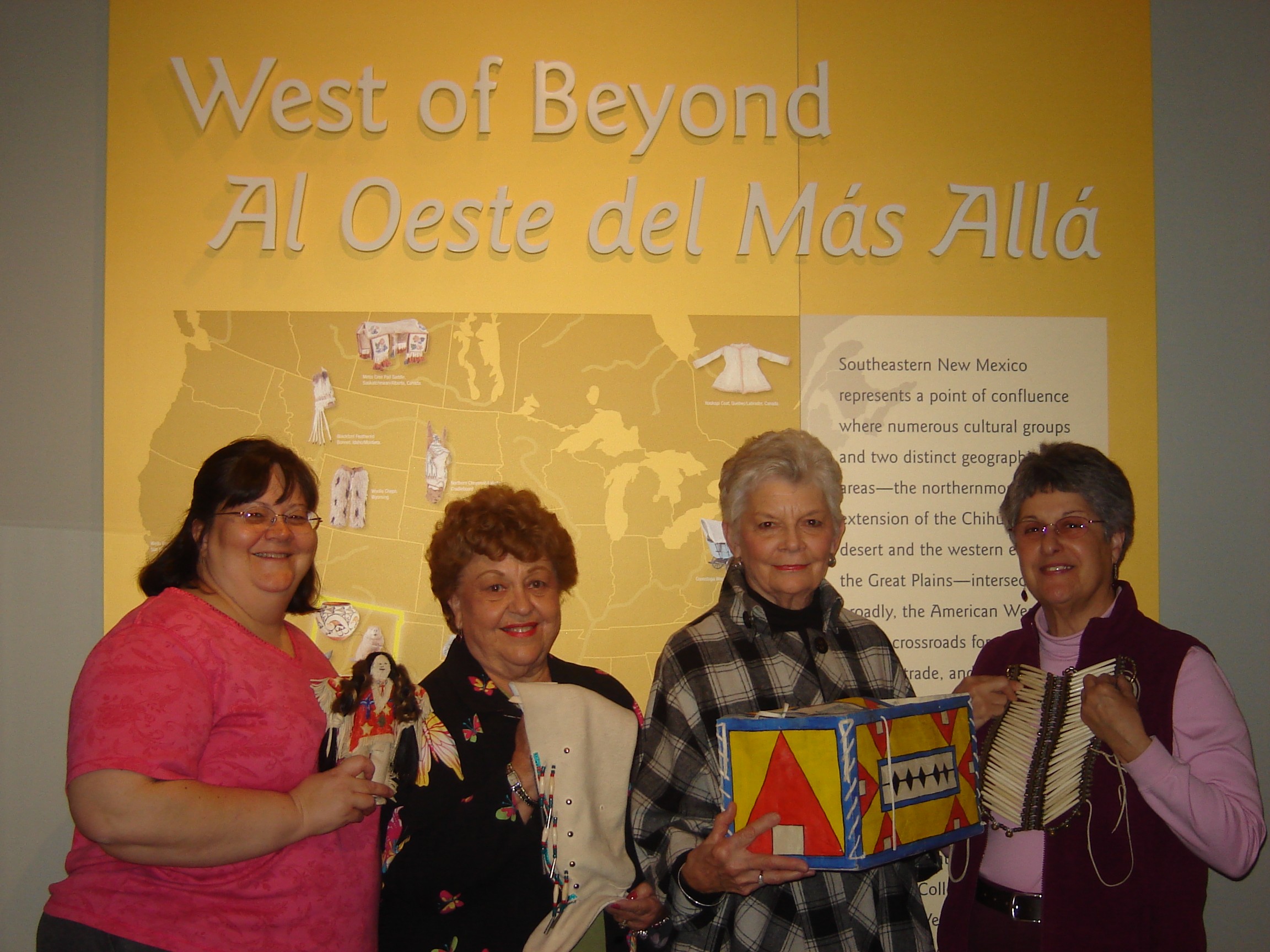Assistance League, founded in California, is the first nonprofit, nonpolitical, nonsectarian organization to recognize the potential of volunteers helping those less fortunate to a better, more meaningful life. The first chapter began in Los Angeles in 1919. As the area grew, more chapters were formed. To support the growing number of chapters, National Assistance League was organized in 1936 and incorporated in 1949.
From this modest beginning, Assistance League has grown to 120 chapters with over 23,000 members throughout the United States.
Interest in forming Assistance League of Chaves County began in November 1957 by Martha Featherstone, who had been a member of Assistance League of Southern California. the first meeting was held in the home of Mrs. Stanley Crosby, Sr. It was incorporated December 30, 1958 and chartered September 29, 1960. There were 29 charter members. This was the second chapter outside of California and the first in New Mexico.
Since its charter, Assistance League of Chaves County member volunteers have consistently provided quality service to the county area. During the 2017-18 year, 175 members contributed over 14,000 hours to serve nearly 8,000 children and adults in our community.
Attempting to meet previously underserved needs, Assistance League of Chaves County supports twelve philanthropic programs. In 1957, the members chose a “Sheltered Workshop” as a goal. The first swim program for those children was held at the founder’s home pool. The first program, “Merry-Go-Round-of Clothing” (a forerunner of our Operation School Bell®) was housed in her home.
The first chapter house was located at 113 West Tenth Street in Roswell. A new chapter house was built on property donated by Olen Featherstone at 2601 North Aspen Road. An Open House was held in March 1960 for the new and present chapter house. The first Thrift Shop was housed there and was called “Carousel of Clothing.” Children were dressed there for Operation School Bell using the best clothing from Carousel and dresses and shirts sewn by the members. Now the children receive new clothing only: pants, shirts, underwear, socks, shoes, and a warm jacket, plus hygiene kits and age-appropriate books.
In 1959 the first annual Crystal Ball, a dinner-dance fundraising event, was held. It was a major fundraiser. The community was invited to attend and support our programs. In 1962 the Assisteens® Auxiliary was formed for high school teenage girls. More recently male students have also become members. Crystal Ball became a special event for recognizing and honoring the teens for their contributions to volunteerism in the community. Assisteens have been in charge of planning and hosting the Crystal Ball since 1997. Fundraisers help to finance their philanthropic programs. They also help staff the Thrift Shop two Saturdays per month.
A second auxiliary, Las Lianas (The Vine), was formed in 1988 and certified in 1991 for working women who could meet in the evening instead of the daytime. On fall Saturdays, members help dress Operation School Bell children and staff the Thrift Shop. In 2000 they took over the Silver Belle program established in 1991, whereby senior girls selected by their schools on the basis of achievement, character, and volunteering are honored at the chapter house. They invite each girl and her mother/guardian to one of their evening meetings and present her with a certificate and silver bell charm. In 2008 Las Lianas Auxiliary changed to Las Lianas Committee, as National Assistance League no longer recognized their auxiliary status. Las Lianas has continued to conduct the annual direct mail Sock It To ‘Em fundraiser to help finance both the Silver Belle and Operation School Bell programs. In 2012 Las Lianas Committee elected to provide the hygiene kits for Operation School Bell in addition to their other activities. In 2013 they initiated a “Silent Auction” fundraiser at the annual Assisteens Crystal Ball.
Over the years Assistance League of Chaves County has continued to evaluate its philanthropic programs annually and reach decisions about adding new ones and retiring unneeded ones based on community needs assessment.


